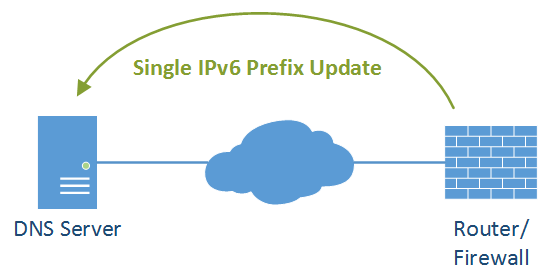When implementing new firewalls at the customers’ site it is always interesting to verify that the anti-virus scanners etc. are running as expected. For simple virus-engines, a sample virus such as the EICAR anti-malware test file can be used. If this “virus” traverses through the firewall inside various protocols such as http, ftp, or smtp, the firewall must block this connection.
However, next-generation firewalls or any other APT (Advanced Persistent Threat) solutions are able to send unknown executables to its own cloud in order to test it. If a malware is found, these products can block future connections with these files, e.g., by updating the anti-virus patterns or their URL categories.
The problem is: How to test whether the “upload unknown files” function works properly? -> My idea is to have a server that generates “dynamic” viruses. When downloading such a “fresh generated” virus, the antivirus engine does not have a pattern for it. That is, the file must be uploaded to an APT solution. The logs on the firewall should list this upload process.
Continue reading Idea: Malware for Testing Next-Gen Firewalls and APT Solutions →



